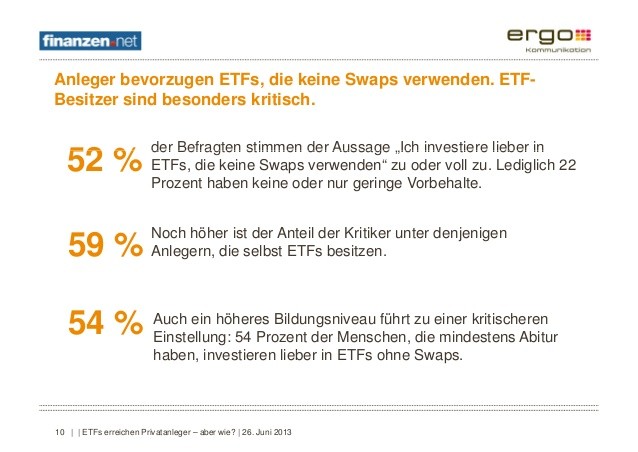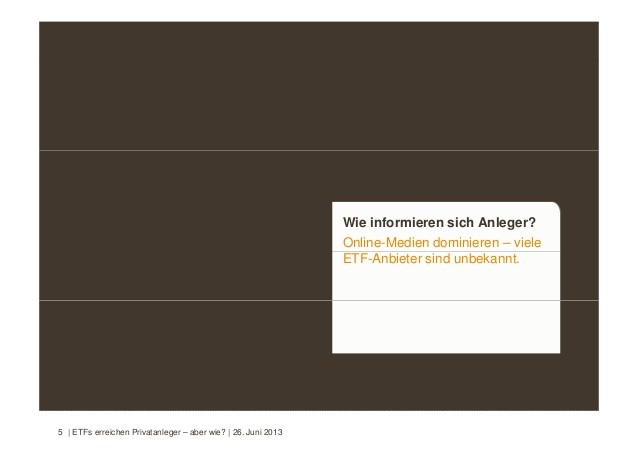ETF Monitor
Post on: 25 Июнь, 2015 No Comment

Here’s the second article from the Remonsy Investment Network 6-part series, Strategies for Better Investing, on important time-tested principles for every investor. Today’s article will show you how to c reate your ideal diversified investment portfolio using scientific asset allocation models . Next Monday in Remonsy ETF Monitor I’ll be discussing “Best Low Cost Index Funds for Highest Portfolio Returns”. Future articles will include: “The Power of Tax-efficient Investments”, “Rebalance Portfolio: How to Do It. When to Do It”. and “Why Market Timing Doesn’t Work”.
Create Your Ideal Diversified Investment Portfolio Using Scientific Asset Allocation Models
Investments are like automobiles. They should get you from one place to another. Different automobiles are designed for different tasks. You might use a van to get your children to the soccer game, and you would probably want a dragster if you were trying to go a 1/4 of a mile in the fastest time possible.
The same holds true for investment portfolios. The structure of those portfolios depends on where you are trying to go.
The engineers designing the van are going to select each piece to work together carefully to create the optimum vehicle to get your children to their soccer game. They are never going to put dragster tires on your van.
Once the goals for the portfolio are identified, each investment must be carefully selected to work together in perfect harmony, and this is what using asset allocation to create a diversified Investment portfolio is all about. Done properly, asset allocation is a mathematical approach to determine what assets to buy, and most importantly, how much to buy.
Determine the Optimum Asset Allocation Model for your Personal Risk Level
In order to find your optimum asset allocation model, you must first understand the efficient frontier, a concept in modern portfolio theory introduced by Markowitz in 1952. Efficient frontier portfolio software will take all of the asset classes that you are interested in, and create a curve similar to what you see in this chart. Under this curve, which is called the efficient frontier, are all of the possible portfolios for the given risk level. No portfolios exist above this curve. The actual curve represents the best investment returns possible for any given risk level.
Want more retirement income? Get 6 risk-calibrated Vanguard ETF portfolios with withdrawal rates, email alerts and monthly investing advice when you subscribe to Remonsy ETF Windjammer Report. Learn more
Problems with Efficient Frontier
Efficient frontier theory is a fantastic way to start planning your optimum asset allocation model but, through the years, several problems have been identified with this method. The first revolves around what returns and risk assumptions to use. Often, historical returns and risks are used, which has hindsight bias: Portfolios that have done well in the past might not continue as well in the future. For example, in the late 1990s, an efficient frontier portfolio would have been very heavily weighted towards small cap growth stocks that had performed well in the run-up to the dot-com crash, when they all lost value (and a number of them never recovered).
Another problem with the efficient frontier is that portfolios that are right on the frontier are often under diversified. The example below examines data from a variety of Wilshire indexes and the Barclays Capital Aggregate Bond Index, going back to 1978.
In an attempt to create a portfolio that is 80 percent stock and 20 percent bond, the efficient frontier model, based on past historical returns and risks, would result in a portfolio that is 77.8 percent small cap value, 2.4 percent real estate, and 19.4 percent bonds. While this would have been the best mixture to capture the most return for the stated risk on a historical basis, the portfolio is too concentrated, which is risky going forward.
The Black-Litterman Model An Improvement on Markowitz’s Efficient Frontier
Developed by Fisher Black and Robert Litterman and published in 1992, the Black-Litterman method of asset allocation creates a more diversified portfolio than the efficient frontier. This method of asset allocation built on the work accomplished by Markowitz with his efficient frontier, but it creates a more diversified portfolio by starting with a portfolio that represents the worlds allocation, and uses the well-established capital asset pricing model (CAPM) to create expected returns.
World Allocation Model

Managing your portfolio is like managing a baseball team. The baseball manager has nine players to cover the field of play and, because he does not know for sure where the ball will be hit, he deploys his players across the entire field of play. He may slightly move his players to the right due to a particular batters tendency, but would never move all of his players to the right. Ultimately, he knows the ball could go anywhere at any time, and he makes sure to cover all positions, even if one player does not get any balls hit his way for an entire game, he stays patient because he knows eventually the ball will go to that position.
Imagine that you have nine positions to cover with stock and bond ETFs. Like nine baseball players, you are trying to position them to catch the ball no matter where it is hit. In today’s world, the field of play is the globe, and the money you are trying to capture could go anywhere. Like the baseball manager, you do not know where this money flow will go in the future. You may slightly adjust your players to perceived tendencies or risk tolerances, but you do not overdo these adjustments and leave large holes in your portfolio.
Like a good baseball manager, the Black-Litterman model starts with a world allocation of assets. The assumption is that the world is currently in balance. From this world-balanced portfolio, adjustments are made to the allocation to accomplish different risk tolerances. By starting with an already globally balanced portfolio, the Black-Litterman model is able to avoid some of the over-concentrated models that came from Markowitz’s original efficient frontier.
Below is a sample chart of the worlds allocation into U.S. and non-U.S. stocks and bonds.
Capital Asset Pricing Model
The Black-Litterman model handles the concept of future expected returns by using the CAPM, which is a well-established mathematical model that estimates returns based on market risks. In general, the more risk an asset has, the more the expected return. Each asset placed into the Black-Litterman model is given a return based on the CAPM instead of using historical returns or simply guessing about what returns might be in the future.
Diversified Investment Portfolio Asset Allocation Summary
In the next steps on Strategies for Better Investing, you will learn: How to find low cost ETFs to use in your asset allocation model, reduce taxes with tax-efficient investing strategies, use opportunistic rebalancing to maintain the intended balance, and why you need to stick to the plan because market timing doesn’t work.














